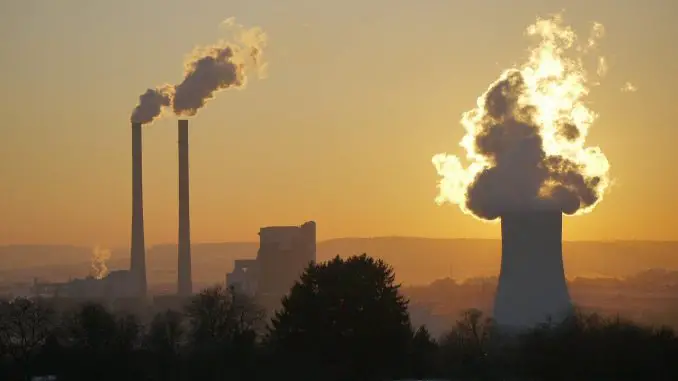
The world’s largest economies are not a precursor in terms of emissions, the large annual Brown to Green Report shows. 82 percent of the energy supply is still from fossil fuels. But there are bright spots.
The world’s 20 largest economies, the so-called G20 group, account for 80 percent of total greenhouse gas emissions. What is happening in those countries is therefore crucial for reaching the Paris Agreement.
The annual report Brown to Green Report, produced by experts from fourteen different research and individual organizations and published by the organization Climate Transparency, is considered to be the most comprehensive review of climate measures within the G20 group.
82 percent from fossil fuels
This year’s report, which is based on emissions data from 2017, is not an uplifting read: on average, 82 percent of energy supply in the countries comes from fossil fuels. In Saudi Arabia, Australia and Japan, the corresponding figure is more than 90 percent.
And there have been minimal changes in recent years.
According to researchers from the British Overseas Development Institute, which is one of the organizations behind the study, G20 countries must drastically reduce their emissions in order to stay within the Paris Agreement. The peak should be reached in 2020 and then carbon dioxide emissions should be reduced to zero around 2050.
A halving will take as early as 2030 but long-term strategies for doing so are not in place, according to the report.
Power generation and transport
In most of the countries, the big advantage when it comes to emissions is power generation using coal, oil and gas, but also transport. The report makes clear comparisons between the countries. Here are countries such as Australia, USA, Russia and Indonesia. But you also see countries that are far ahead. For example, the UK and France have decided to rapidly phase out coal and fossil fuels in cars. France and Mexico are the two countries that both have low levels of energy-related carbon dioxide emissions per person and at the same time show a downward trend over the past five years.
But a clear sign that much remains to be done is reflected in the financial flows.
In 2016, the G20 countries subsidized coal, oil and gas with $ 147 billion.
Only two of the countries, France and Canada, receive more tax money through the price of carbon dioxide than they put on subsidies of fossil fuels.

Leave a Reply